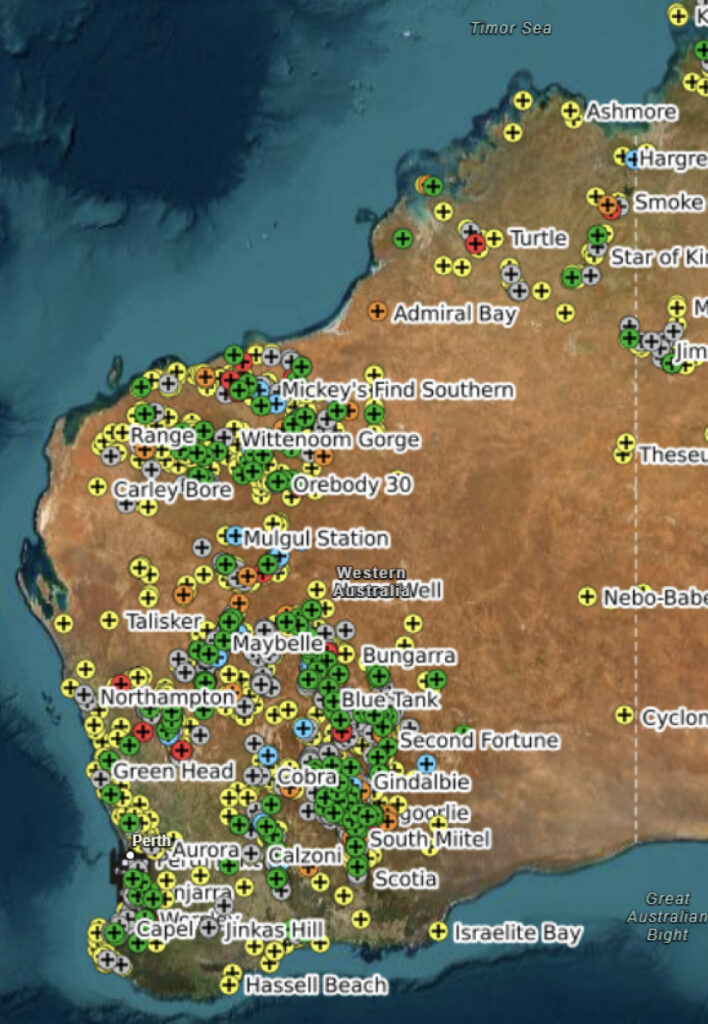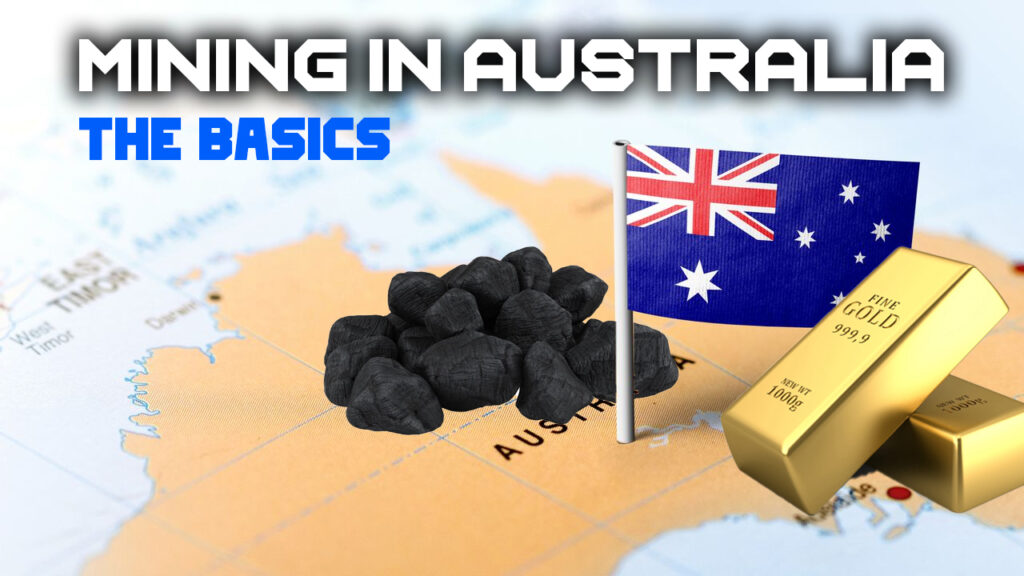Each country has their own legal framework for how exploration and mining licences are treated. The complex process has become easier in recent years due to the adoption of technology into the sector. This has allowed the mapping, management and payments for tenements to be managed better, and has also increased transparency in the industry.
For the purposes of this article we will be diving into mining tenements in Western Australia. This state in Australia mines over 50 different minerals, and is rich in resources and economic prosperity. In October 2023, WA’s Gross State Product (GSP) was 17.5% of Australia’s GDP. It is easy to see why mining tenements in this region are so sought after given the prosperous nature. With the basics of mining tenements explained, lets further understand the different types of mining permit.
Under Western Australia’s Mining Act of 1978, there are seven different types of mining tenement.
- Prospecting Licences
- Special Prospecting Licences for Gold
- Exploration Licences
- Retention Licences
- Mining Leases
- General Purpose Leases
- Miscellaneous Leases
Prospecting Licences
Prospecting licences are used by mining companies, as well as individuals to assess the ground beneath the tenement for potential mineralisations of significance. The maximum area for a prospecting licence is 200 hectares, and can be only held for four years with the provision to extend for one further four year period.
All tenements must undergo a standard ‘marking out’ procedure of:
Putting a post firmly into the ground at each corner or angle of the tenement
Cut two clearly identifiable trenches or place two rows of stone at least one metre long from each of the above posts in the general boundary line.
Fix a notice to one of the posts a ‘notice of marking out’.

Interested in the map of Australian mines? See here: https://portal.ga.gov.au/persona/minesatlas
Exploration Licence
An exploration licence is the most common type of licence listed companies in WA will possess to drill a mining tenement. Exploration licences use a ‘block system’ which is a standard unit of measurement adopted for the purposes of identifying sections of land together for the purposes of exploration. There are some complexities around how blocks are numbered and uniquely identified.
A company or individual will submit a series of forms to the Governing body and mark out which blocks they are applying to explore. An exploration licence is limited to between 1 and 70 blocks within known mineralisations, this increases to 200 outside of known mineralisations.
To ensure that those who undertake exploration activities simply do not stockpile tenements, the applicant is required to spend a certain amount on drilling activities each year. This promotes utilisation of the land and also the progression of mining in the area. A holder of an exploration licence is required to spend the following on exploration –
|
1 block |
2-5 block |
6+ blocks |
|
|
Years 1-3 |
$10,000 min |
$15,000 min |
$20,000 min |
|
Years 4-5 |
$10,000 min |
$20,000 min |
$30,000 min |
|
Years 6-7 |
$15,000 min |
$30,000 min |
$50,000 min |
|
Year 8 + |
$20,000 min |
$50,000 min |
$70,000 min |
Summary
Regardless of where a company or individual is exploring, there are generally frameworks around the amount of land that can be incorporated into a mining tenement, as well as how active the licencee must be on the land. It is in the Government’s best interest to promote exploration activities by ways of minimum expenditure requirements.
Further, it is important to understand the local exploration requirements imposed by the governing body as to better understand potential investment decisions. These frameworks can aid investors in understanding how much operational expenditure a company may have, and how much runway is left before a further funding must be sought.




